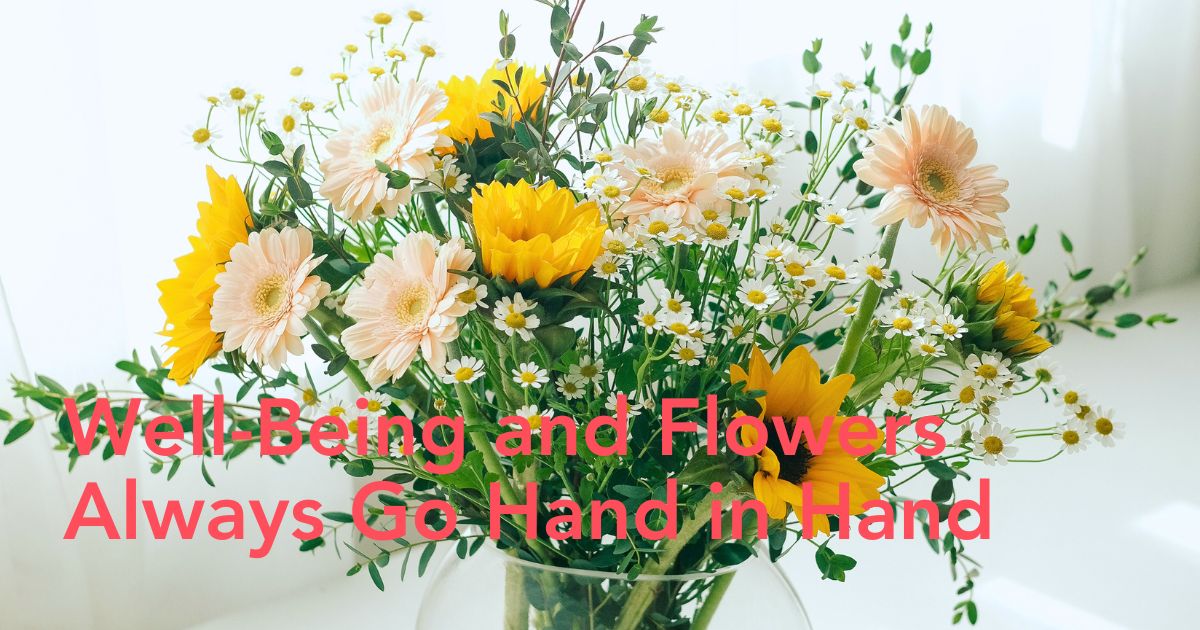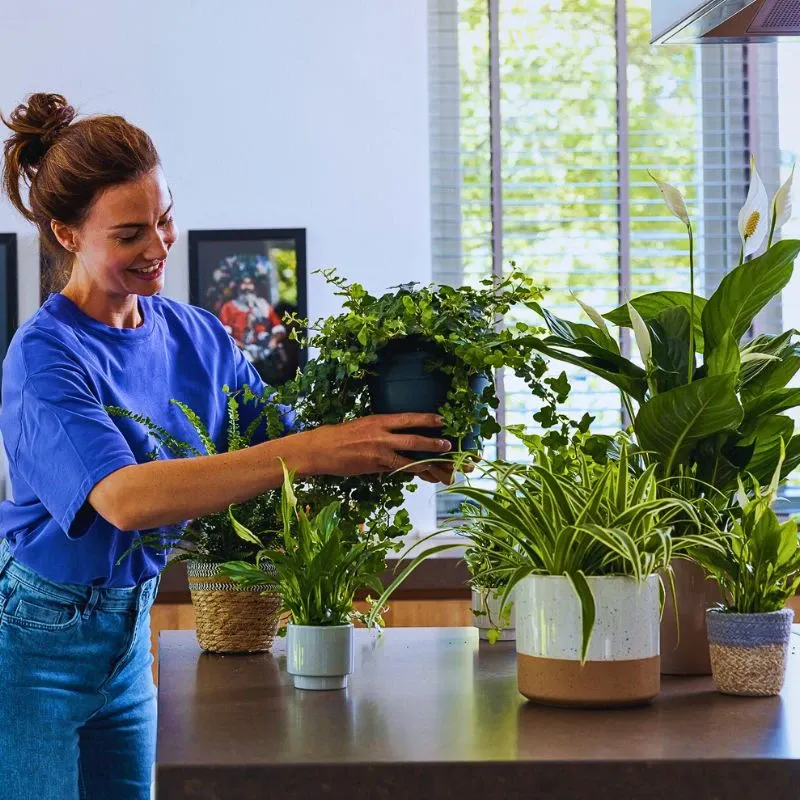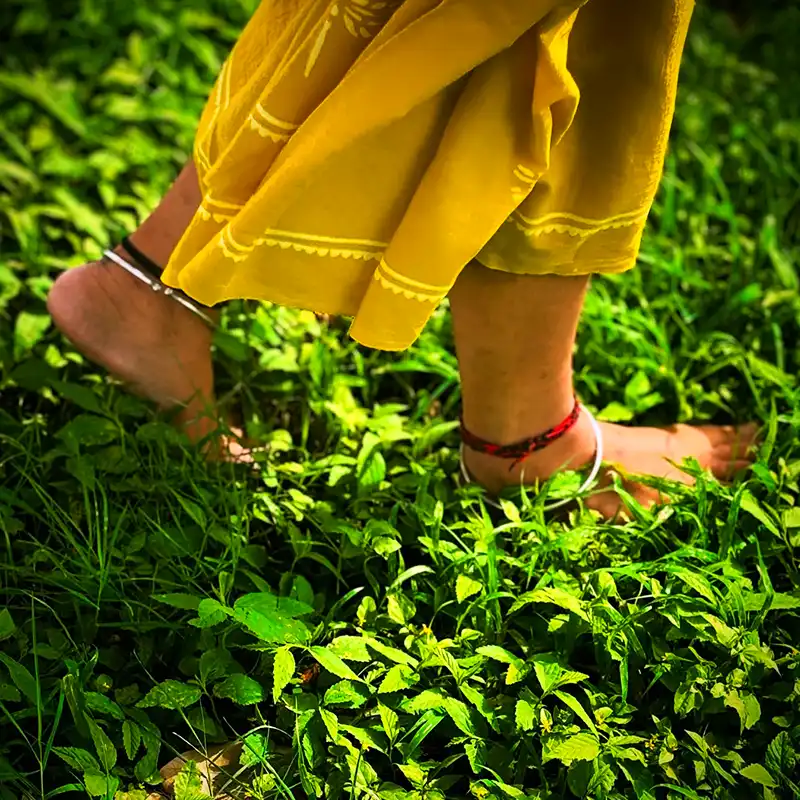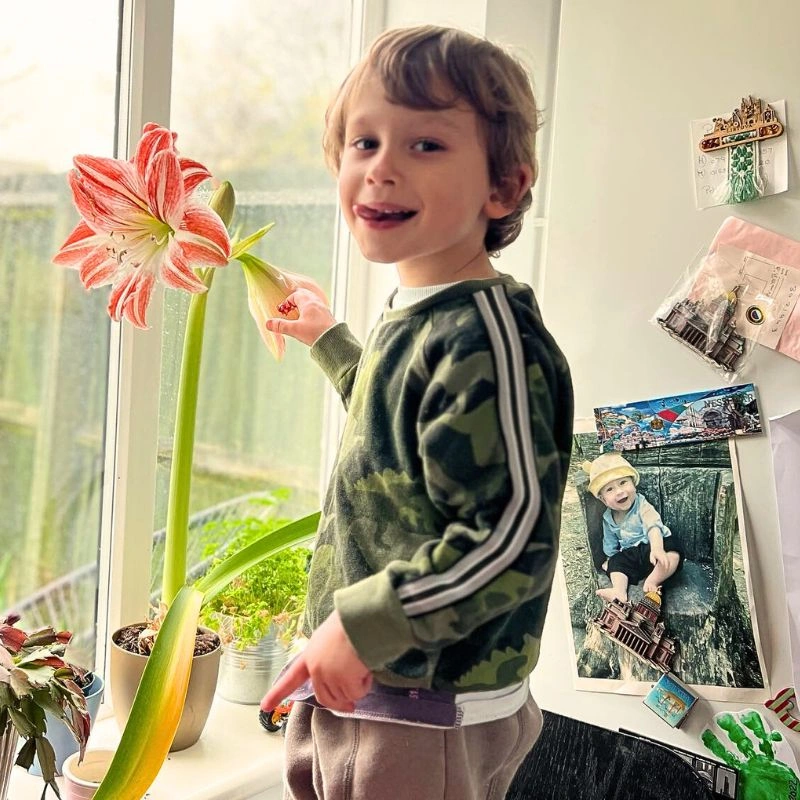Flowers and plants naturally bring a sense of calm and comfort, making them valued in homes, workplaces, and public spaces. Research shows that interacting with plants or even just viewing flowers can reduce blood pressure, lower stress hormones like cortisol, and promote relaxation. Everyone is well aware that having fresh flowers or greenery in your home, office, or near your hospital bed can be great for stress relief. Sending flowers to your sick or sad friend might be a universal go-to gift, but the heartwarming gesture is more helpful than you think.
The Positive Effects of Flowers and Plants
Imagine a hospital room not just filled with the beeps and clicks of machines, but also adorned with indoor plants and colorful flowers. A study from 2009 by the American Society for Horticultural Science (ASHS) discovered that the therapeutic influence of plants on surgical patients is so significant that they tend to report lower pain levels and quicker recovery.
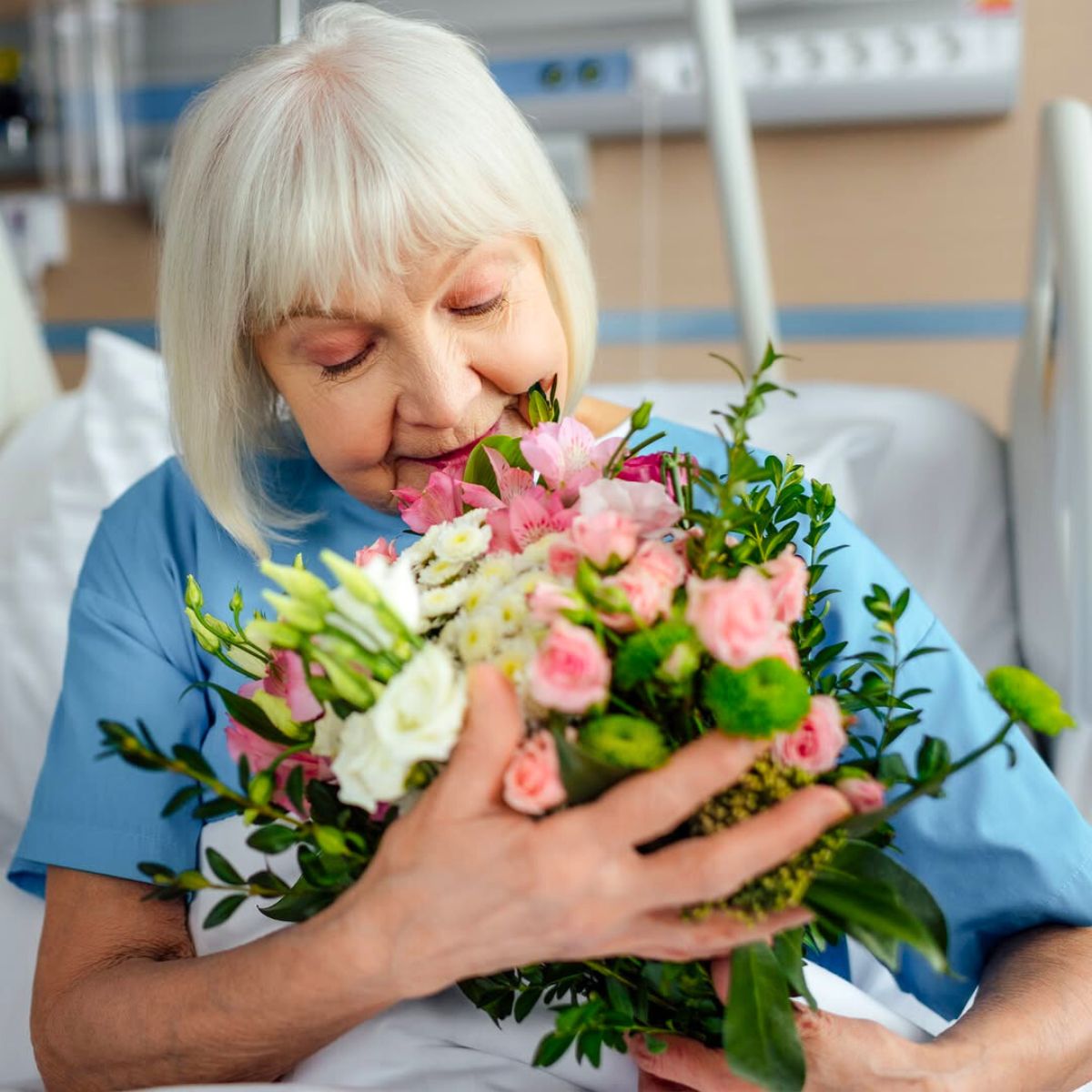
A fascinating finding: plants might just be what the doctor ordered! Being around nature, even just indoor plants, can help patients recover faster after surgery.
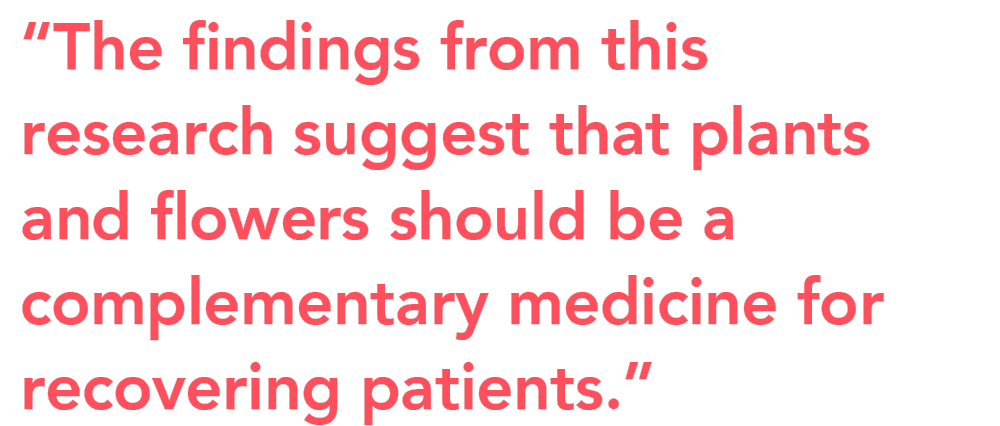
The ASHS performed a study evaluating whether plants have therapeutic influences on surgical patients, and the results are shocking. Ninety patients - all recovering from a thyroidectomy - were split into rooms either with plants or without plants, and those with some kind of foliage had wildly different results than those who had not.
When we think of surgery, it’s often with a sense of anxiety and worry. It’s not just the procedure itself that's daunting, but also the postoperative pain and the loneliness of a hospital stay. Painkillers and medications are usually the go-to for relief, but they often come with unwanted side effects. This is where our leafy and flowery friends come into play.
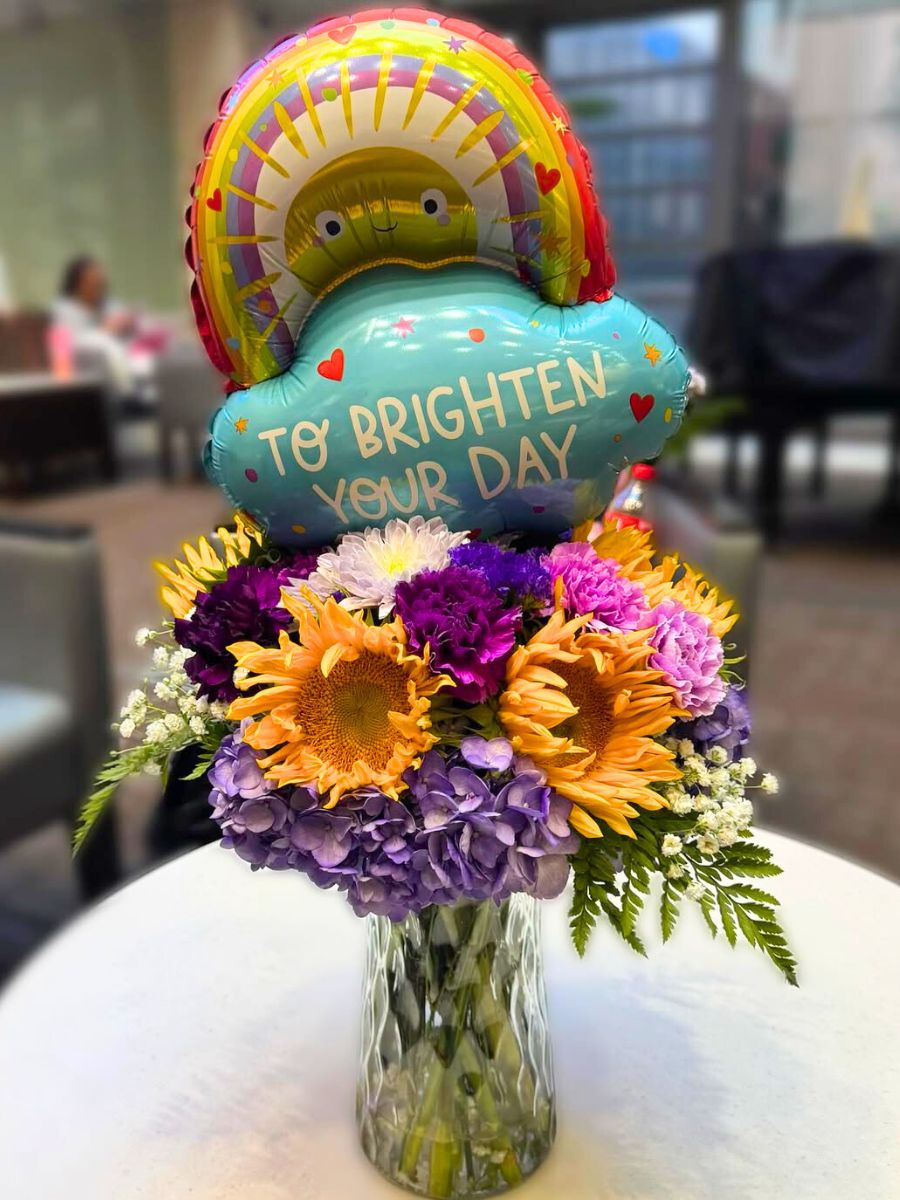
Photo: @sisters_stems
The Science Behind Plants and Mental Well-Being
Today, science helps explain why flowers and plants are a great ally for mental wellness, pain, and stress reduction. Studies have shown that interacting with plants or simply being around flowers can reduce physical and emotional signs of stress. Research published in the Journal of Physiological Anthropology found that simple activities like transplanting indoor plants lowered blood pressure and calmed the nervous system compared to computer tasks.

Even just looking at flowers makes a difference: Japan’s National Agriculture and Food Research Organization (NARO) reported that viewing flowers after stress-inducing tasks decreased cortisol and blood pressure levels, and a Frontiers in Psychology study found that seeing fresh roses for a few minutes activated the body’s relaxation response.
Longer-term benefits are also clear – people who cared for indoor plants over several weeks showed reduced stress and depression, and greater emotional resilience. Reviews from the Royal Horticultural Society and Wageningen University confirm that flowers and plants not only enhance spaces aesthetically but genuinely contribute to mental well-being and stress recovery.
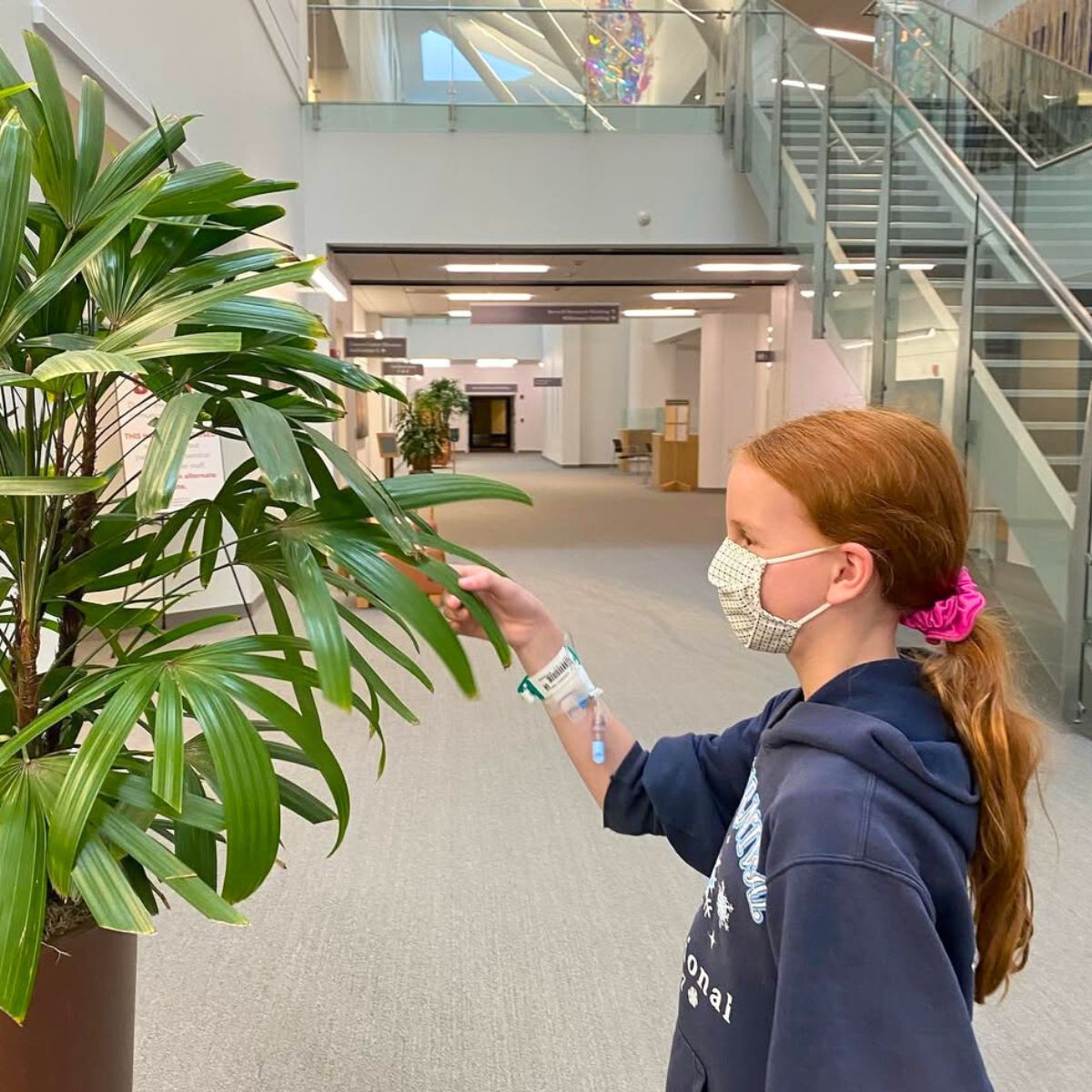
Photo: @sarah.foynes
Researchers have discovered that simply having plants in a patient's view can work wonders. They aren't just pleasant to look at; they grab our attention in a gentle way that distracts from pain and stress. This ‘attention restoration,’ as the experts call it, isn't just about giving the eyes a place to rest. It's about giving the mind a moment of peace, a break from the worries that can crowd a patient’s thoughts post-surgery.
Flowers Should Be a Complementary Medicine
According to the study, those exposed to plants had lower blood pressure and heart rate, lower ratings of pain, anxiety, and fatigue, and more positive feelings and higher satisfaction with their rooms than the patients without foliage. The findings from this research suggest that plants and flowers should be a complementary medicine for recovering patients. Now that's an idea we can get behind.
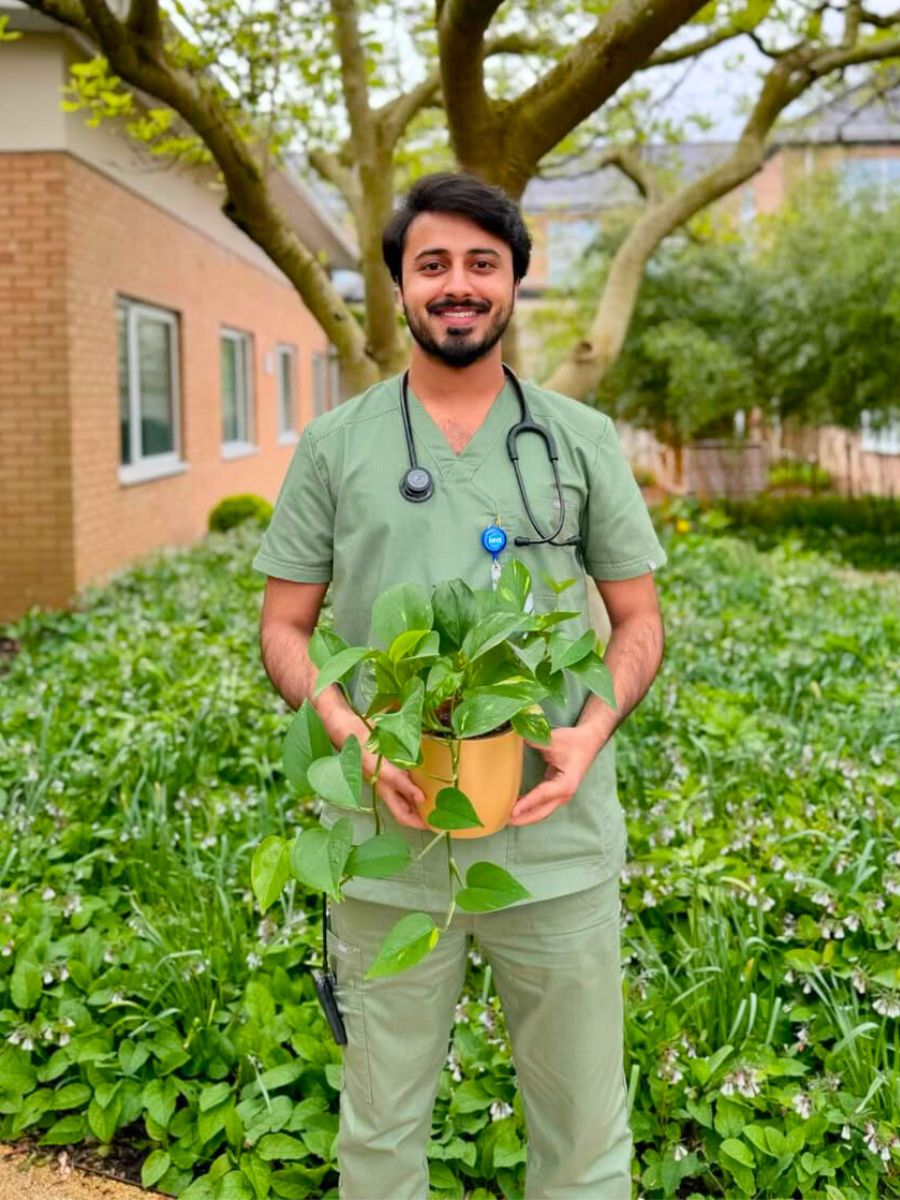
Photo: @doc.shayann
The Study of Therapeutic Influences of Plants in Hospital Rooms
Now, time to talk about this particular study that took a closer look. A group of women who had undergone thyroid surgery were given rooms either with or without plants. The rooms with plants not only smelled better and looked more welcoming, but the patients in these rooms felt better, too. They needed less medication and felt less pain and anxiety compared to those in plant-free rooms.
There’s a certain magic to the presence of plants. They don’t just fill a room with color and life; they seem to support our well-being by their mere presence. It’s like they’re silently cheering us on to better health. And for those who spend a lot of time indoors, particularly in hospitals, plants offer a connection to the outside world, a touch of nature's healing power right in their room.

Photo: @aiwaflowers_ae
What does this mean for hospitals and healthcare providers? It's time to think beyond the traditional and add natural medicine to aid in physical and mental well-being. It's definitely an investment in the health and happiness of patients, potentially reducing costs for both them and the healthcare system.
For flower lovers and enthusiasts of floral artistry, this research is a nod to the power of what you hold dear. It's an affirmation that your passion for flowers and plants is about an intrinsic connection to well-being and health. So the next time you send a bouquet to a friend in the hospital, know that you’re not just sending a pretty gift, but also a powerful ally in their recovery.
Bouquets and plants can also make us feel less stressed out, according to this study published in Complementary Therapies in Medicine.
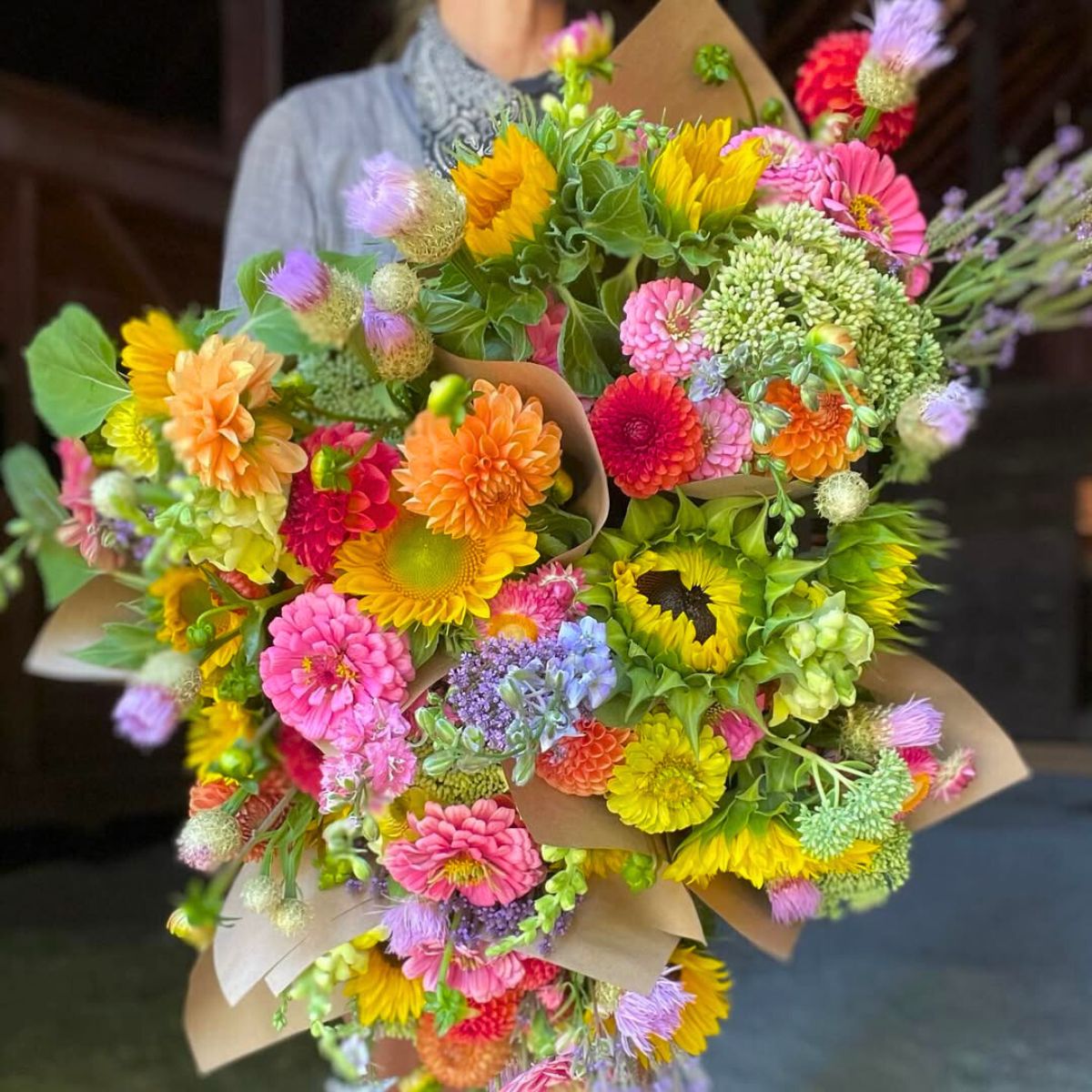
Healing With Leaves – The Power of Plants in Recovery
Scientific studies support what many of us intuitively know: plants can have a real impact on relaxation and stress reduction. In one study, college-aged women were given a fresh vase of roses for their dorm rooms, and researchers found that the participants reported feeling significantly more relaxed and less stressed after exposure to the flowers.
In another study titled “Physiological adjustment effect of visual stimulation by fresh rose flowers on sympathetic nervous activity,” found that viewing roses for a few minutes reduced sympathetic nervous activity in participants, especially when initial stress levels were higher.
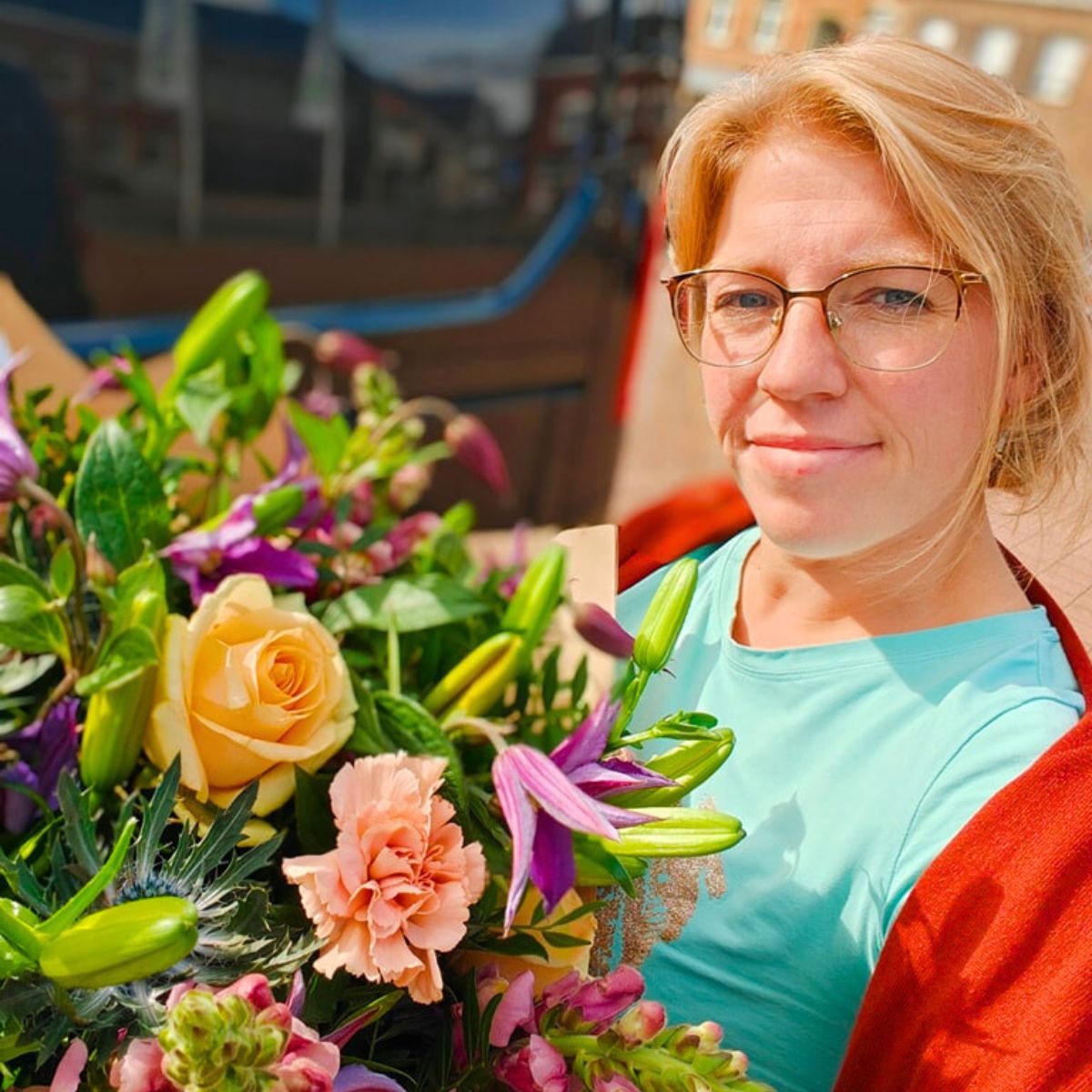
This aligns with broader research showing that both interacting with plants and simply viewing them can lower blood pressure, reduce cortisol levels, and activate the body’s natural relaxation response. Whether it’s a single bouquet or a small indoor garden, the presence of flowers and greenery offers a simple, evidence-based way to support mental well-being and recovery.
I don't know about you, but if this info is not persuading you to go out and buy some plants, and a bouquet — or six, we don't know what will!

